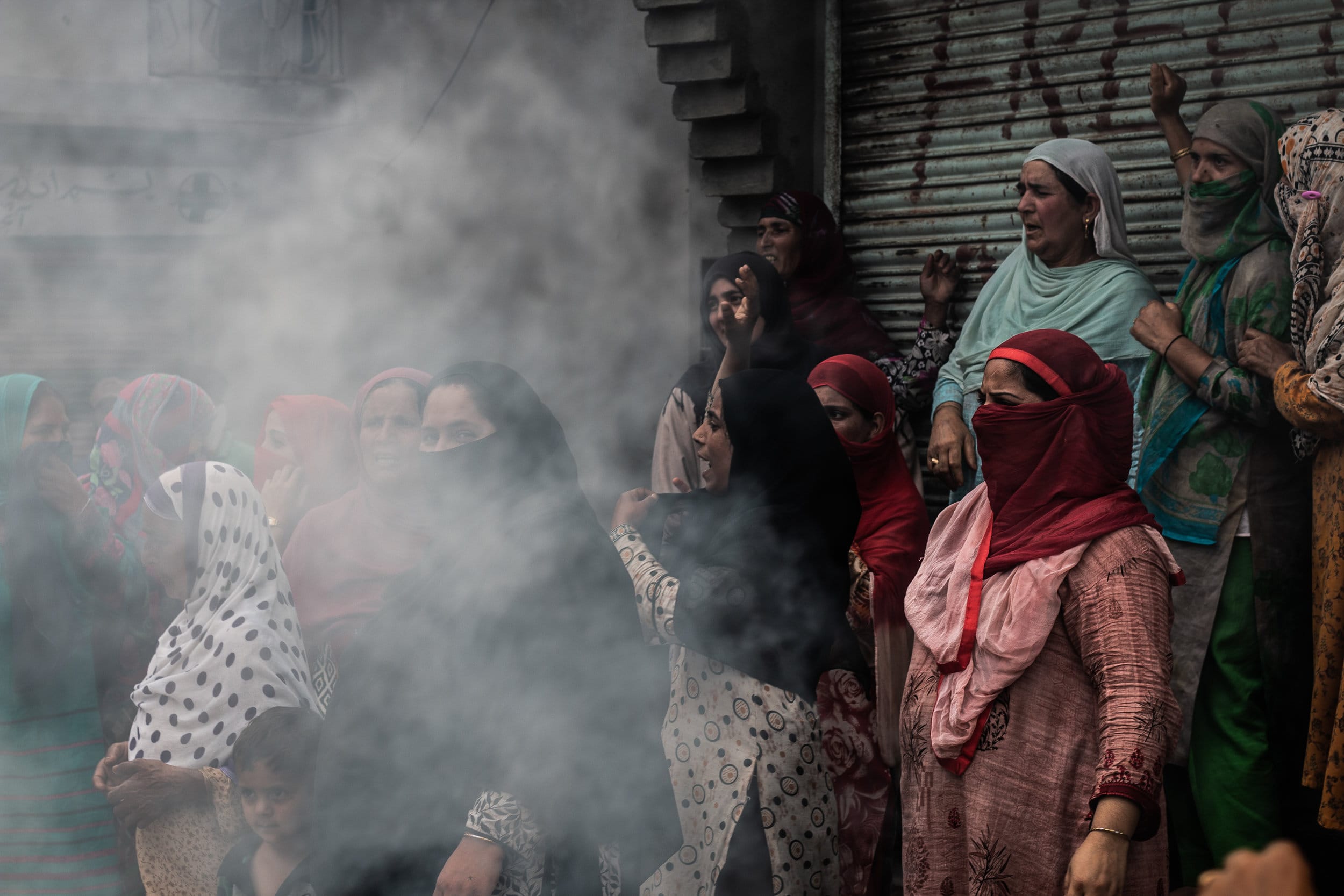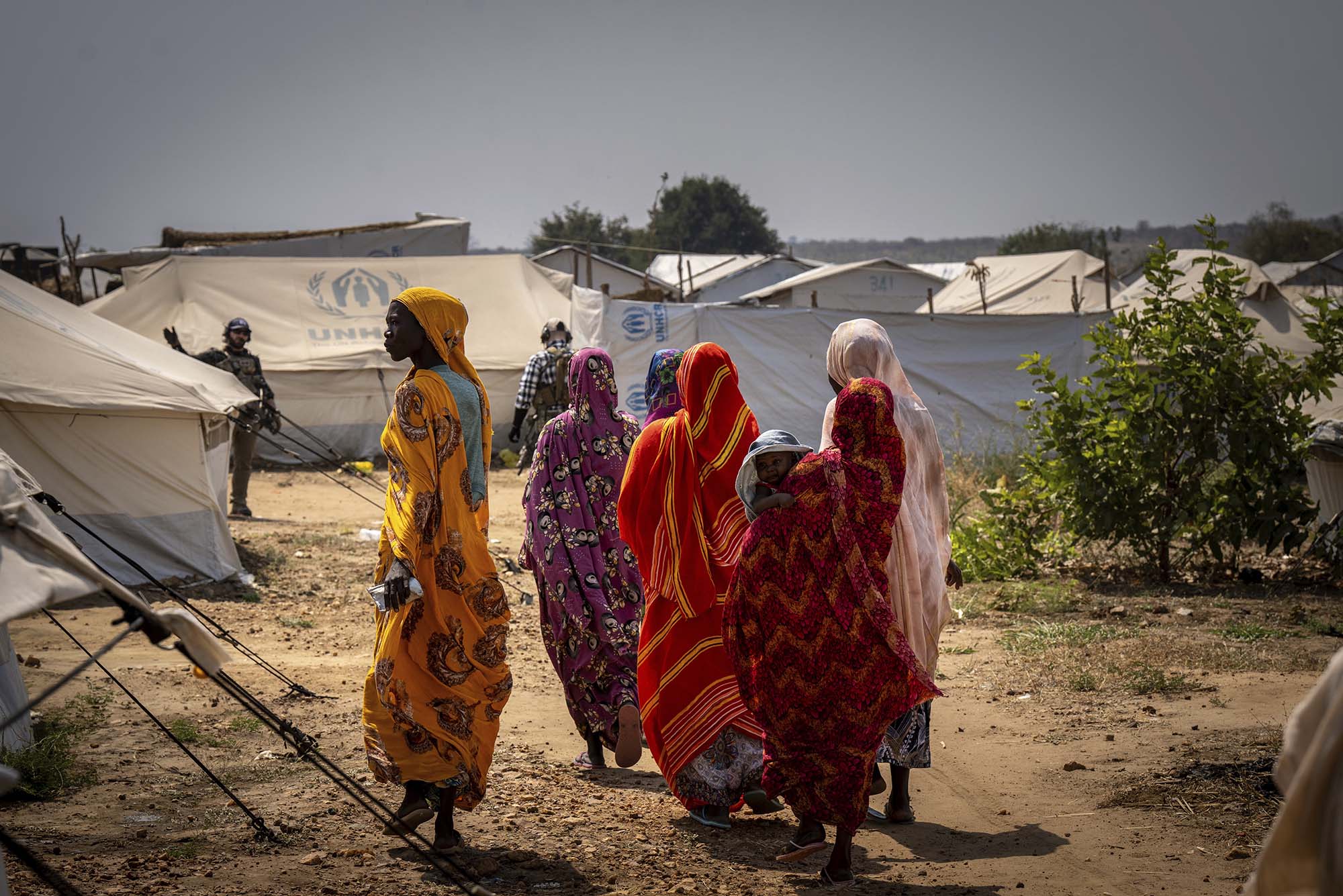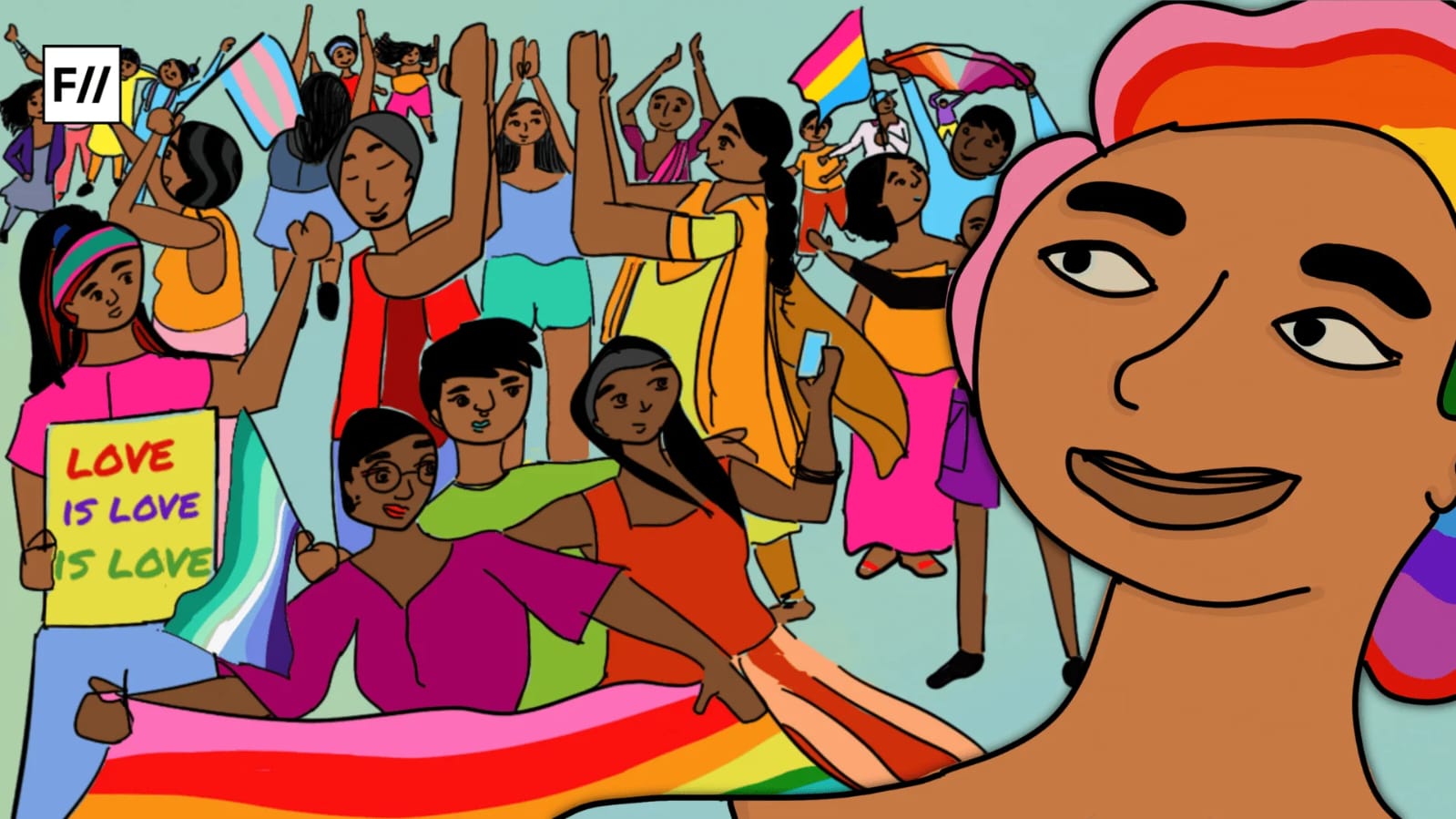The partition of the Indian subcontinent in 1947 and the establishment of a new nation, Pakistan, gave birth to the conflicted region of Kashmir. For years, this region remained a point of contention between the two nations, suppressing the local population’s demands for suzerainty and sovereignty. A pervasive issue of gendered violence, which exploits women’s bodies to torment the local people, has arisen from this protracted conflict.
Gendered violence and its intersection with conflict is not a new issue that the world, particularly India, suffers from. It is long embedded in the history of the country. Various regions in the country, including Kashmir and the northeastern states, have long been witness to the systematic gendered violence that is perpetrated against them by the state machinery.
Do you remember the mass rapes in Kashmir?
During the cold winter of 1991 in the twin villages of Kunan and Poshpora in the Kupwara district of Kashmir, the Indian army, which is regarded as providing “safety” and “security” to Kashmiris, gang-raped more than 70 Kashmiri women.
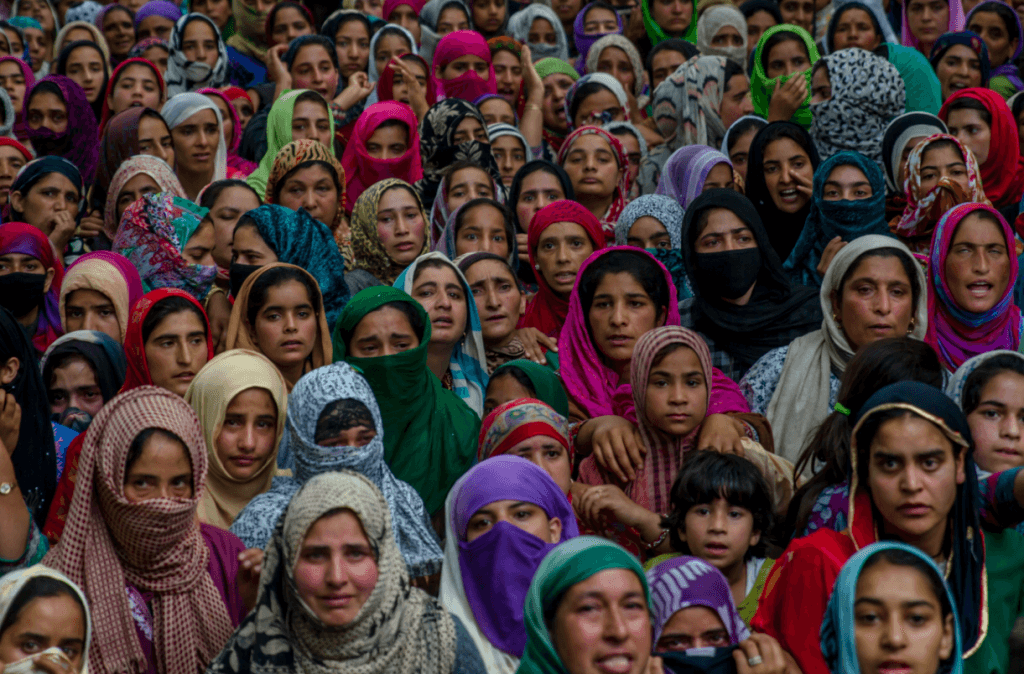
According to a detailed report by the BBC, “It was 23 February 1991. The people of Kunan, a tiny village in Indian-administered Kashmir’s Kupwara district, were retiring for the night after a cold winter day. Zooni and Zarina (not their real names) were also getting ready to go to bed when they heard a series of loud knocks on the door.”
The report further notes, “At the time, India had started a large-scale military operation in an attempt to control a popular armed insurgency against Indian rule in Kashmir. So-called “cordon and search” operations, locally called “crackdowns”, were becoming routine and persist to this day.”
In a typical cordon-and-search operation in Kashmir, the Indian army conducted a raid on the villages of Kunan and Poshpora to capture the militants, whom the army presumed were hiding in these small villages. What transpired is a disturbing account of how men’s power is used to exploit women’s bodies as instruments of torture against the oppressed, thereby perpetuating patriarchal systems.
Shockingly, more than 70 women, including minors and elders, were raped. “Minor girls, those dumb and deaf, the physically handicapped, and the pregnant women were not spared either. Mothers were raped in front of their daughters. Grandmothers and their granddaughters were raped in the same room,” mentions the book, Do You Remember Kunan Poshpora.
It’s quite clear and evident that women’s bodies face sexual, economic, and systematic abuse because of the power imbalance between men and women, particularly in times of war, conflict, and occupation.
Despite the Indian government’s rebuttal to these assertions, numerous human rights organisations, including Human Rights Watch, have validated their veracity. The human rights body in a report mentions, “The reported rape on February 23, 1991, of women from the village of Kunan Poshpora by army soldiers of the Fourth Rajputana Rifles became the focus of a government campaign to acquit the army of charges of human rights violations. The incident provides a telling example of the government’s failure to ensure that charges of human rights violations committed by members of its armed forces are properly investigated and those responsible held to account.”
Moreover, Kunan Poshpora is not the only incident of gendered violence orchestrated by state; “In one well-publicised case, in May 1990 a young bride, Mubina Gani, was detained and raped by BSF soldiers while she was travelling from the wedding to her husband’s home. Her aunt was also raped. The security forces had also fired on the party, killing one man and wounding several others. The government claimed that the party had been caught in “cross-fire.” After the incident was publicised in the local and international press, Indian authorities ordered the police to conduct an inquiry. Although the inquiry concluded that the women had been raped, the security forces were never prosecuted,” writes the same report by Human Rights Watch.
It’s quite clear and evident that women’s bodies face sexual, economic, and systematic abuse because of the power imbalance between men and women, particularly in times of war, conflict, and occupation. It’s really unfortunate how women’s bodies can be so easily objectified and mistreated, often used as a means to gain an advantage or win in conflicts.
Thangjam Manorama and the weaponisation of rape in Manipur
The Kunan and Poshpora tragedy is not the sole occurrence in India’s history. Numerous such occurrences highlight the dark history of gender-based violence in conflict areas in India. One such incident is of Thangjam Manorama, a 32-year-old woman in Manipur who was killed by the Indian army in 2004.
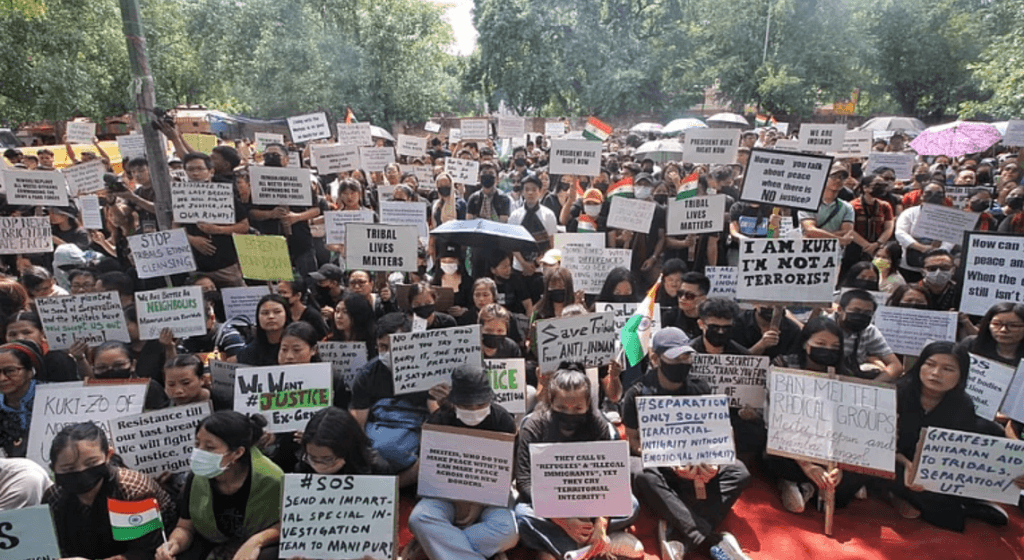
Thangjam Manorama went through unimaginable suffering at the hands of the army before they took her life. According to Al Jazeera, “32-year-old Thangjam Manorama Devi was taken from her house in the dead of the night by members of the Indian para-military forces for allegedly working for an armed group. The next day, her badly mutilated dead body was found only three kilometres away from her house. Her genitals were covered with bullet wounds, in an alleged attempt to cover up any evidence of rape.”
The Hindu reports that after decades of covering up the brutal case of Manorama, the Supreme Court found that the young woman suffered “brutal and merciless torture” by a 17 Assam Rifles team.
There are numerous other cases of gendered violence in Manipur, many of which are perpetrated by the army. Impunity and inaccountability have normalised such acts of violence in the region. A report by Al Jazeera, states, “On July 1987, the Indian Army carried out a military operation dubbed “Bluebird” at the Manipur village of Oinam. The operation was in retaliation for an attack on an army post by the members of an armed group that left nine soldiers dead. It remains one of the worst instances of India attacking its own citizens. Houses were burned, schools and churches dismantled and villagers forced into hard labour. Several women were raped in public and 14 villagers brutally killed.”
Over two years have passed since the outbreak of ethnic conflict in Manipur between the powerful Meiteis and the marginalised Kukis. This battle has tragically resulted in numerous fatalities, displaced over 60,000 individuals, and revealed some of the most egregious instances of sexual abuse against women in the area.
In August 2023, U.N. experts contacted India to enquire about the situation in Manipur and sought prompt responses. In some of the cases they’ve identified, “Women and girls have reportedly been attacked in their homes, dragged in the street, tortured, or severely beaten before being raped and killed. One victim was allegedly hacked to death. In some of these cases, the bodies of the victims are yet to be found or recuperated.”
In light of the ongoing violence against women, thousands of women in Manipur have taken to the streets to stand up against the injustice and violence they face. The ongoing violence in Manipur against women really highlights how often women fall victim to patriarchal violence.
Women fight back
Numerous protests have occurred against the Indian army in Manipur owing to the inability to achieve justice. A notable incident during the protests was the emblematic “Indian Army Rape Us” moment. Approximately 30 Manipuri women assembled unclothed outside the Assam Rifles headquarters in Imphal, displaying a banner that read “Indian Army Rape Us.”
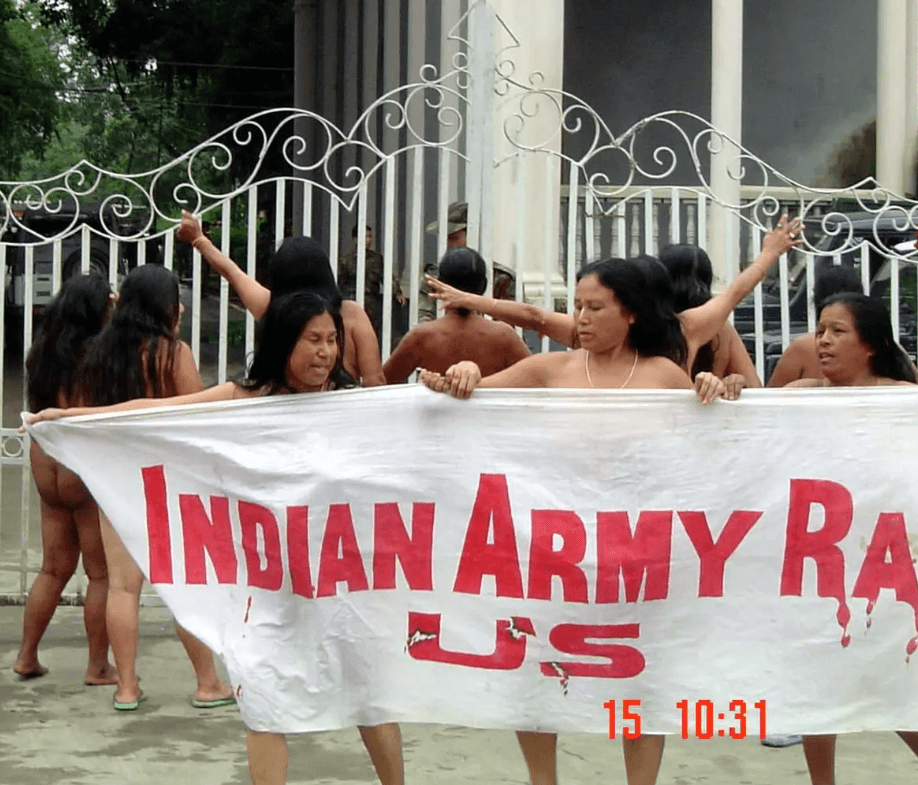
This represents a powerful and prominent depiction of strength and resilience against gendered violence, illustrating women’s substantial efforts to combat it.
Similarly, even after more than 30 years, the women from Kunan and Poshpora are still out there, fighting for justice. Back in 2013, a group of young women scholars from Kashmir took the initiative to reopen the investigation into the mass rape that occurred in Kunan and Poshpora.
Natasha Rather, one of the women who filed for reopening of the case and also one of the authors of Do You Remember Kuann Poshpora, said to BBC, “This was such a big case of mass rape, in which those affected had actually come forward and had demonstrated so much courage.“
“And there was a huge body of evidence too. So we felt that this case needed to be reopened.”
Women fight back, and when they do, they not only dismantle the oppressor but also destabilise the unequal power balance between men and women. They destroy the hegemonic patriarchal institutions and systems. In one such brave example, women in Kashmir referred to as half-widows of men targeted through forced disappearances can be seen in public raising slogans and chanting songs against the oppressive state that has perpetrated social, economic, and cultural violence against them by making their sons, fathers, and husbands targets of forced disappearance.
The women have also formed a resistance movement against the violence the state has orchestrated against them by forcing them to live lives of economic and social isolation as their men are nowhere to be found.
Women have been standing up against the powerful Indian army in areas like Assam, Manipur, Nagaland, and Kashmir, to name a few. They’ve been working hard to get rid of harsh laws like AFSPA (Armed Forces Special Powers Act) that allow the army to operate without restrictions in these conflict areas. Irom Sharmila, known as the Iron Lady of Manipur, had one of the longest battles against AFSPA. Sharmila went on those long hunger strikes to protest against the harsh AFSPA in the area.
Women fight back, and they have been doing so for years; they break the shackles of patriarchy and reduce the hegemonic patriarchal systems to ashes.
About the author(s)
Shahinda is a multimedia journalist with an experience of more than five years. She has an interest in covering politics, gender, conflict, and gender-based violence/crime. In addition, she has experience in reporting, photography and documentary filmmaking. She has done her Masters in Mass Communication from AJK MCRC Jamia Millia Islamia, New Delhi.
